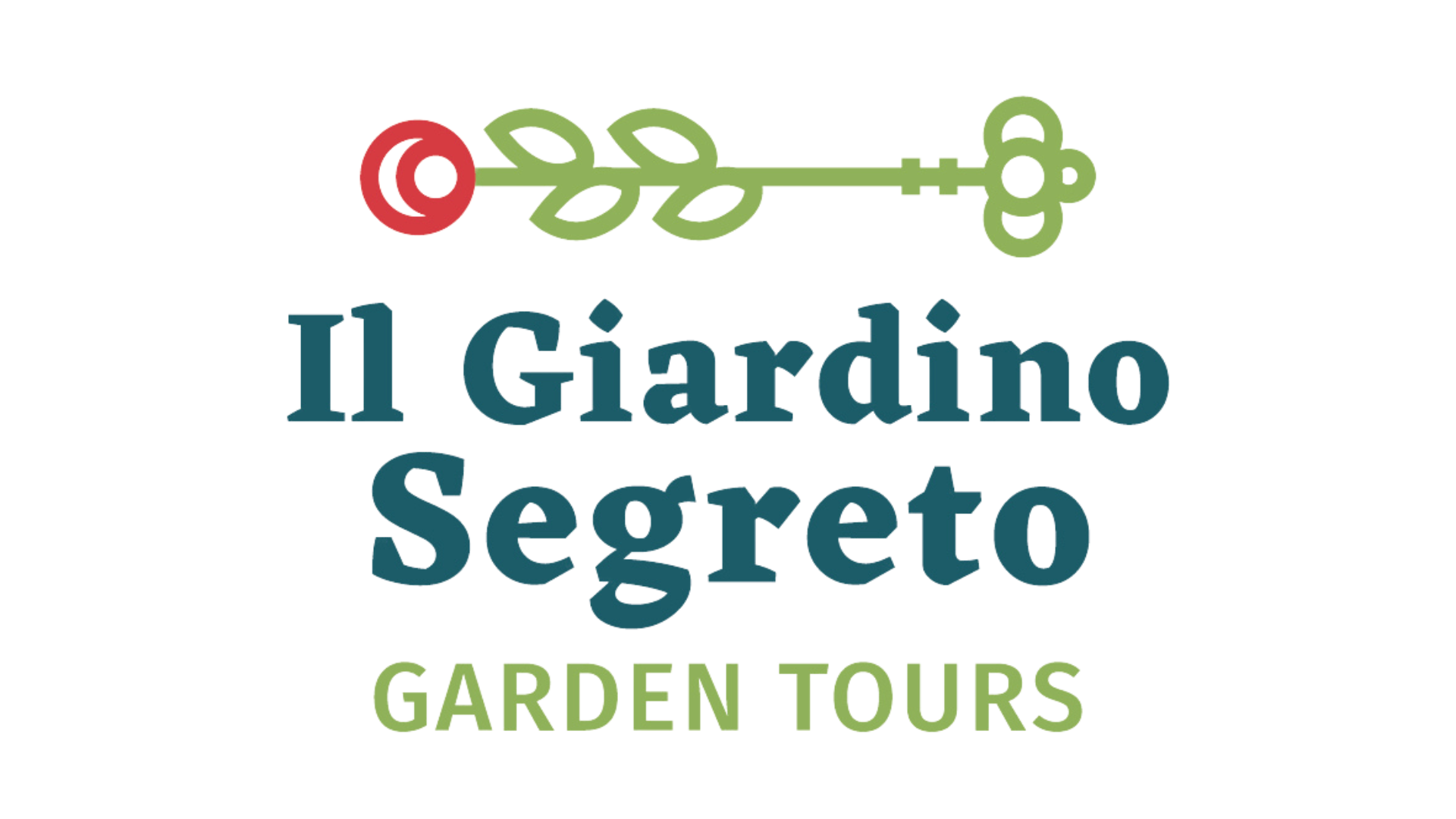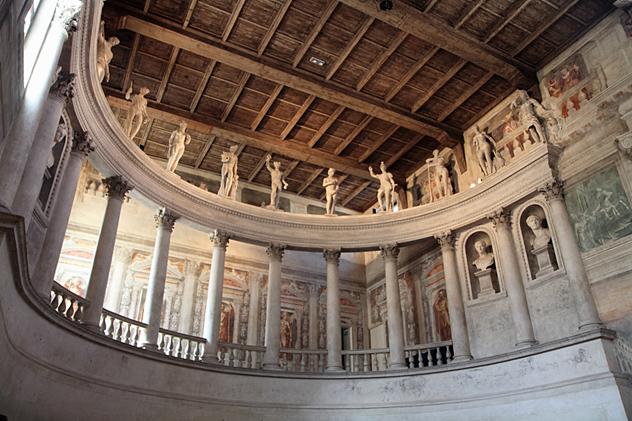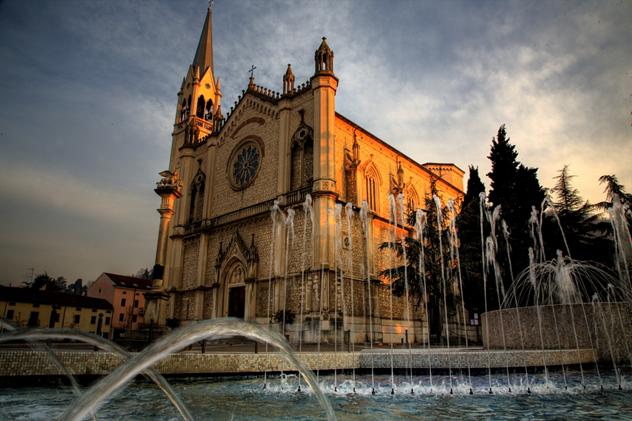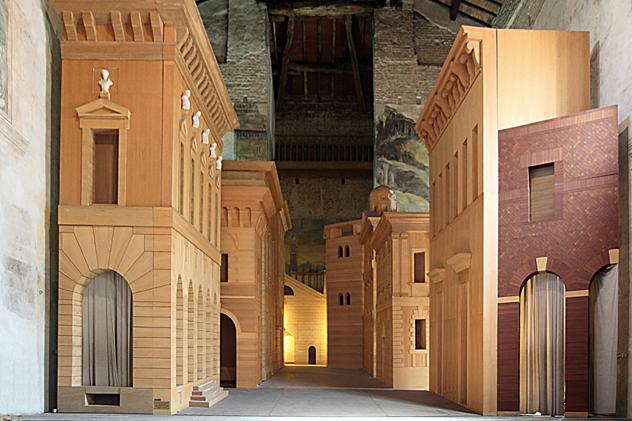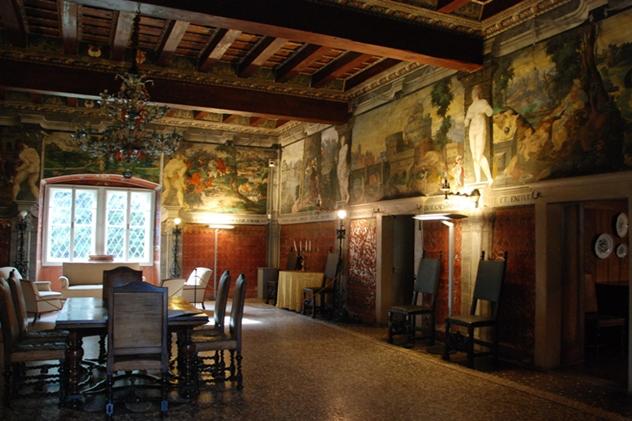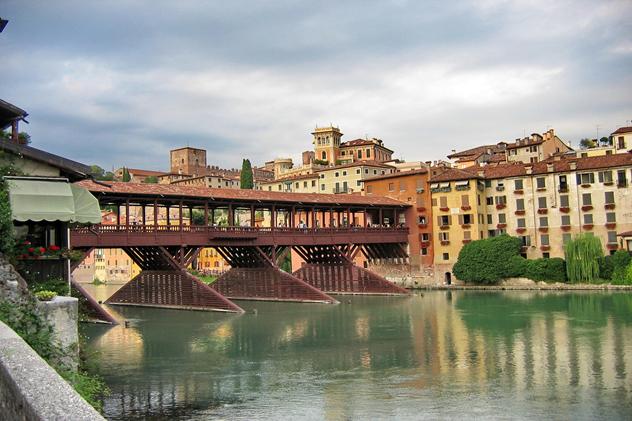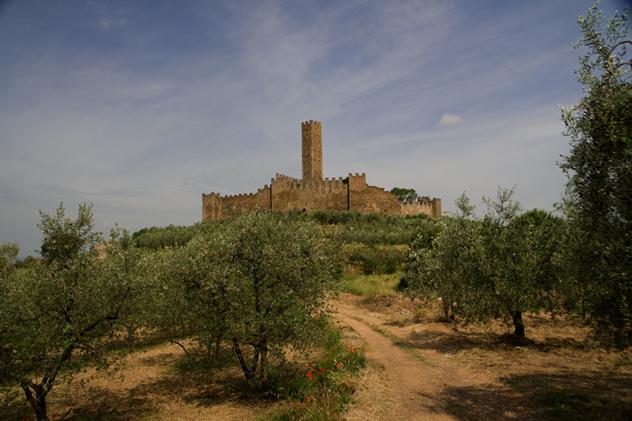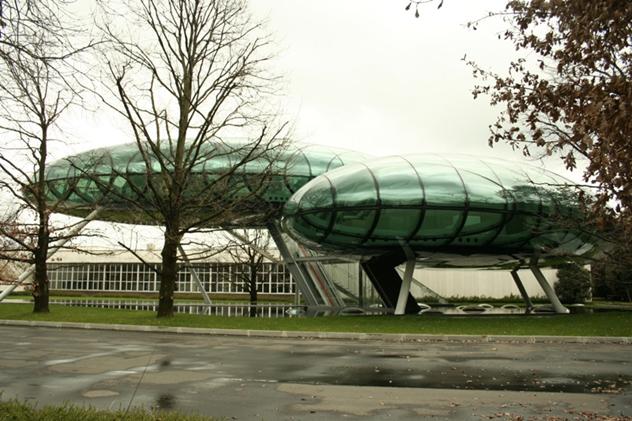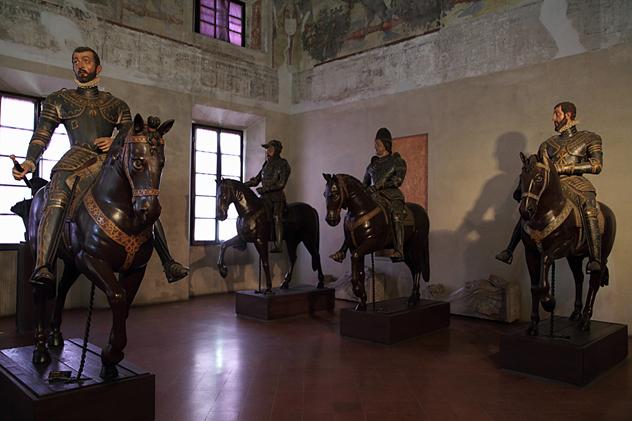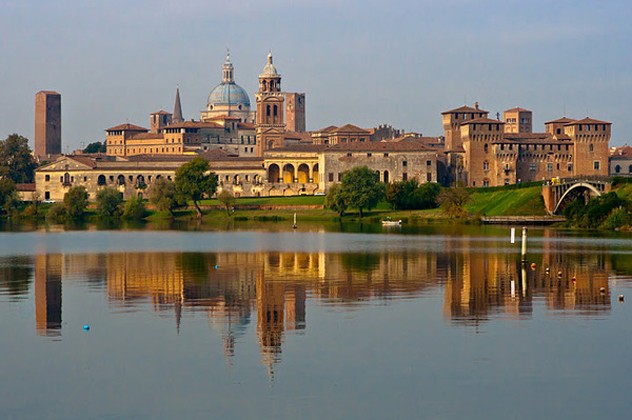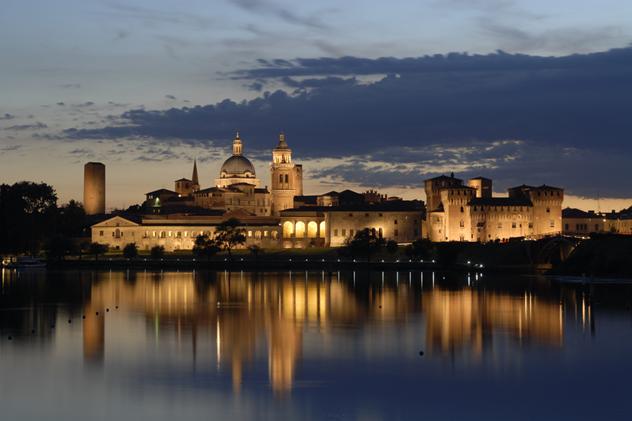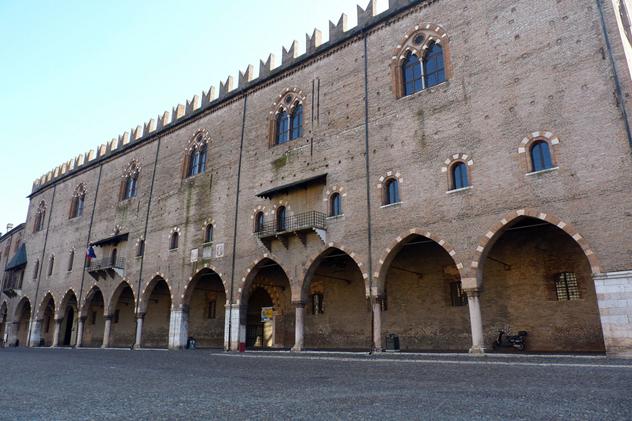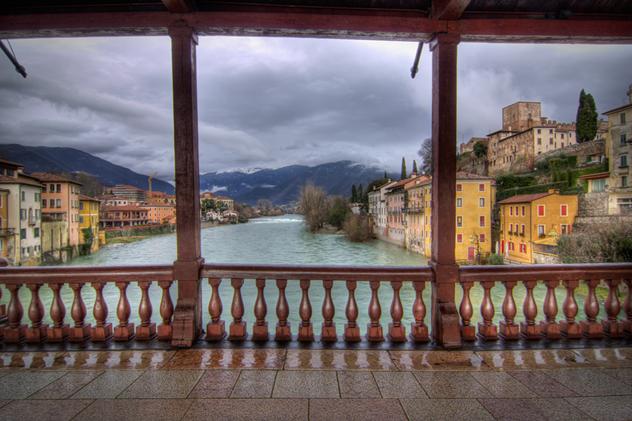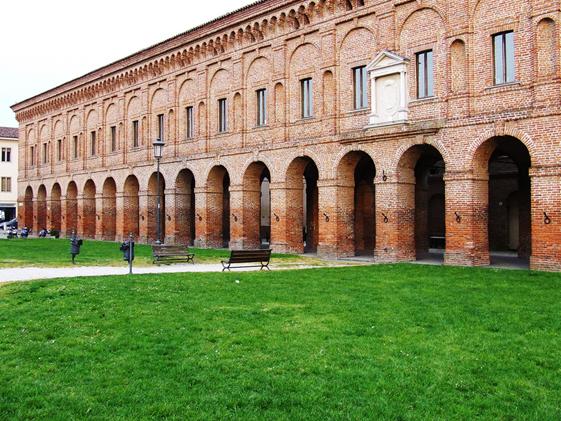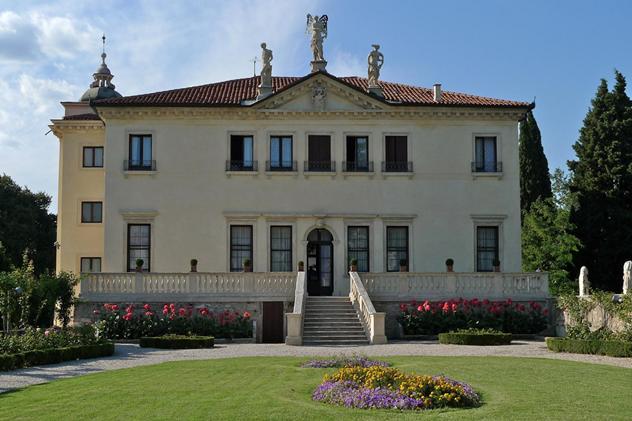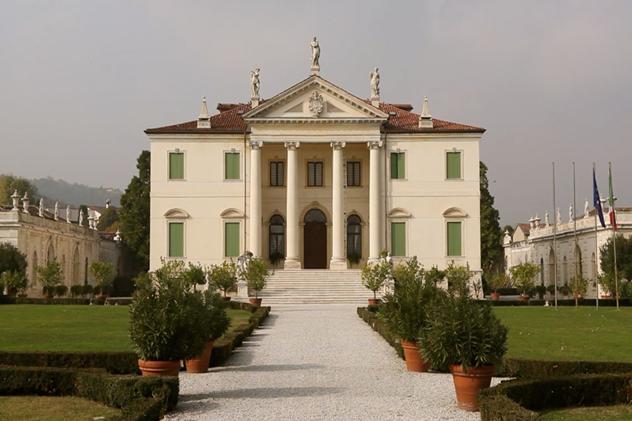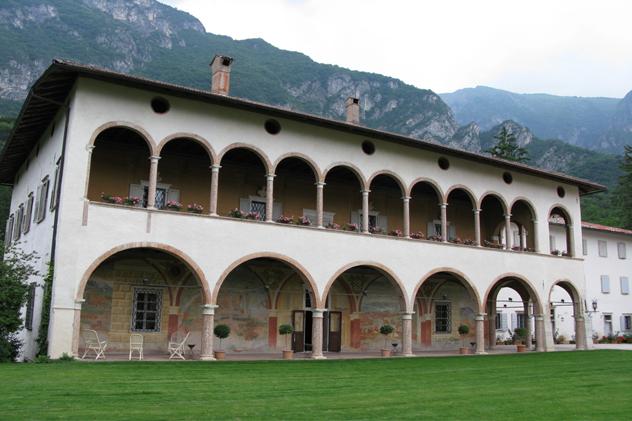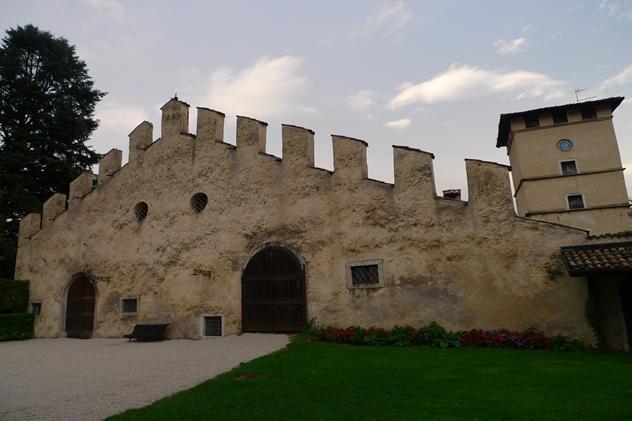

CONDITIONS
TOUR INCLUDES
- 6-night accommodation with full breakfast;
- Lunch at the Locanda Margon;
- Lunch in the restaurant of Villa Loschi Zilei Dal Verme;
- All dinners in hotel;
- Professional Tour Guide;
- Coach;
- Guided Tours and Admissions to Gardens and monuments in the tour:
- Promotuscia Costumer Service:
- Madical luggage Insurance
TOUR DOES INCLUDE
- Flights;
- Drinks during meals;
- Hotel Service Porterage;
- Local taxes
HOTEL
ITINERARY
MANTOVA AND PALLADIAN VILLAS
A fascinating itinerary to discover the Palladian art, city of Mantova with its architectural treasures, and the charm of contemporary art with new and exclusive locations
Day 1
Meeting with the driver and your tour guide from Vicenza.
Time for independent lunch.
Visit to Villa Cordellina in Montecchio.
The villa was commissioned by the Jurisconsult Carlo Coredellina Molin and designed by the architect Giorgio Massari. The construction works of the villa lasted from 1735 to1742, the year in which Massari started the project for the barchesse (colonnades), ended in 1760. The whole property consists of the residence of the owner, Barchesse (colonnades), turrets, and a big rustic area.
In the villa, Massari pays homage to the art of A. Palladio with a Ionic pronaos of four columns decorated with Cordellina family’s coat of arms on top (three hearts with flax flowers), the symmetrical arrangement of the rooms and two stairs near the main hall.
In 1743, the Venetian main painter of the century, Giambattista Tiepolo, also worked in the villa. Proof of this is the letter send by himself to his friend Algarotti. Check in to Hotel de Charme*** in the centre of Vicenza.
Day 2
Breakfast in hotel.
Departure for Trento.
Visit to Villa Margon owned by Cantine Ferrari.
The close link between Ferrari and the art is clear from Villa Margon, strongly wanted by Lunelli Family, the representative seat of the group. Not only is it one of the most beautiful noble residences of the entire Alpine area, but it is also one of the most sumptuous monuments in Trentino, full of history and legends. Surrounded by thick green woods on the hills near Trento, Villa Margon hosted during the years of Council of Trento, (1545-1563), Cardinals and Prelates from all over Europe for the great assembly which gave birth to the Counter-Reformation. The Emperor Carlo V’s deeds are witnessed in a cycle of frescoes that adorns the villa. His bed is among the most significant furniture. Villa Margon is located in an unspoilt park only a few kilometers from Trento. Thanks to its vegetation, only partly indigenous, it is considered a masterpiece of nature.
Lunch in Locanda Margon (it is included in the tour).
Visit to Museo Mart between Trento and Rovereto. The art of the ‘900 is seen through the masterpieces of the museum, from the protagonists of the Italian art (De Chirico, Carrà, Morandi, Fontana), to the Art of Pistoletto and Merz, to the contemporary international scene, (Abramovic, Boltanski, Walker). Stop at the beautiful Cantina Rotary for a tasting.
Return to the hotel and dinner in the restaurant.
Day 3
Breakfast in hotel.
Visit to Villa “Ai Nani”. Unique because of its wall and a row of statues on top of it , the Villa features one of the most important jewels of the Italian art: the pictorial cycle of ‘sale del Tasso’ by Giambattista Tiepolo and his son Giandomenico.
Afterwards visit to Villa Loschi Zileri Dal Verme, also famous for a series of frescoes by Tiepolo. The residence is one of the main examples of the country architecture of the XV century.
Lunch in the Restaurant (it is not included in the tour).
In the afternoon, transfer to Bassano del Grappa.
Visit to Villa Giusti del Giardino, a seventeenth-century residence of Zambelli family. In the eighteenth century, two colonnaded extensions were added to the villa; and at the beginning of 900’, at the back of the building, a pronaos with huge ionic columns that support two terraces was also built.
Stop at Distillerie Nardini to admire the famous ” Bolle di Fucsas”.
On top, suspended among crowns of trees planted by Pietro Porcinai, two nests of glass between the legs of a steel flamingo; and underneath, an auditorium.
The transmutation of the substance -“to distill is like the water which evaporates from the earth and returns in the form of rain”-becomes the representations of the heaviness of soil and the volatile lightness of alcohol: at the beginning of the process, the vine with its dirty roots, and at the end, the enchanted alembic where juices are decanted and changed into liquor.
Return to the Hotel for dinner.
Day 4
Breakfast in Hotel.
Transfer to Mantova. Visit to the city, Ducale Palace, Te’ Palace and d’Arco Palace.
Independent lunch in one of the coffee bars of the city centre.
“A city in the form of a palace”: that is the thought of Baldassarre Castiglioni. Small and well designed, Mantova is a mixture of art and history. In fact, many works are scattered all over the city such as Mantegna, Pisanello, Giulio Romano, Leon Battista Alberti, and many other artists, painters, town planners who increased its cultural dignity.
Ancient city with Etruscan origins, Mantova reached its glory in the comunale era, but most during the long domination of Gonzaga (1328-1707). During the so called comunale era, and the short domination period of the Bonacolsi, some important works such as the Bonacolsi Palace, Podestà Palace, Ragione Palace, the Churches of Saints Lorenzo (La “Rotonda”) and Gradaro were realized. Symbol of Gonzaga’s domination is Ducale Palace , one of the most extended and elaborated palaces in Italy, which contains about 500 rooms and lounges with many squares, courtyards and gardens.
Dinner in a local restaurant. Check in to a 4-star Hotel in the center of Mantova.
Day 5
Breakfast in hotel.
Departure for Sabbioneta, a real Renaissance jewel. The Gonzoga family’s successors thanks to their feasts and parties, enriched their palaces with works of art. Their famous celebrations attracted artists, architects, musicians, and scholars. In fact, Sabbioneta is the best example of it, becoming the Little Athens of the Renaissance thanks to a Gonzoga’s family member, Vespesiano, who grew among well-known people of Europe. Sabbioneta may represent an attempt to create an ideal city during the sixteenth century. Vespasiano Gonzaga Colonna was the designer of Sabbioneta built between 1556 and 1591, the year of his death.
The Ducale Palace or Palazzo in piazza, overlooks Ducale square, and is the oldest building in Sabbioneta. It was built between1560 and1561 and consists of four floors: the basement, the ground floor, the main floor and the mezzanine floor. Upstairs, Vespasian set up rooms for the vassals, meeting rooms and offices, while downstairs there were private spaces used during the day. In the lounge called Aquile, it is possible to see what is left of the equestrian statues in wood carved in 1587, in order to celebrate the military virtues of Gonzaga. In the Gallery of Antenati, based on an ancient custom of placing portraits of the ancestors in the atrium of the domus, Vespasian ordered the construction of a bas-relief portraits of his ancestors. Beautiful are the inlaid ceilings in cedar of Lebanon which reveal the opulent plastic typical of Catalan-baroque style.
Time for independent lunch.
In the afternoon visit to Villa-Ferrari Gussola. Villa Ferrari is surrounded by age-old trees and beautiful flowers. Built between the end of ‘500 and the beginning of ‘600, it seems to be built for hosting parties and receptions, and since the early thirties, it has always been well maintained by its owners. In fact, since then, many celebrations have been held here , and they have been characterized by the intimate and exclusive environment of an ancient and precious countryside villa.
Dinner in a restaurant.
Day 6
Breakfast and check out.
Possibility to visit the beautiful Annuciata’s Hermitage , near Mantova. Surrounded by nature, the ancient Hermitage was built in 1455, and is owned by the same family since 1828. The rooms, which in the past hosted famous guests such as the Emperor Carlo V d’Asburgo, have preserved the charm of the past without renouncing on modern comforts. The convent of Annunciata is located in Medole, in Mantova’s province, just few minutes away from Castiglione delle Stiviere and Desenzano del Garda.
Free Time in Mantova for shopping.
End of the tour
